We have already talked about the positive effects of cycling for adults and children. Evidence regarding its benefits can be found in the many scientific studies mentioned in our previous posts. But cycling can also have negative effects on our health. We have actually talked about some of them before in a rather tongue-in-cheek tone. However, today we are going to get serious because the same scientific evidence that proves the positive effects of cycling, also shows that cycling is not the most beneficial sport for our bone health. This is especially true for elite cyclists and those who aren’t pro riders but spend many hours on the bike. But don’t let this discourage you, because it’s not all black and white. Let’s take a closer look at the subject by doing a quick Q&A session:
Is cycling good for bone density?
This meta-analysis concludes that “a considerable number of studies have reported on the possible harmful effect of cycling on bone health; however there are still some pending issues that need to be addressed”. It seems that cycling not only isn’t good for bone health, but it can actually be harmful. A little further on, the first sentence is toned down by the following statement: “Road endurance cycling at a professional level could be more detrimental to bone mass than performing this activity recreationally, or worse than performing other disciplines such as cross-country cycling or combinations of cycling with running”. It seems that MTB is not so harmful and cycling combined with running is not so bad either.

A little further on, we can read the following statement: “In general it can be concluded that individuals who practice non-weight-bearing sports such as cycling are more likely to develop osteopenia or osteoporosis. […] In conclusion, road cycling at a competitive level is less effective at improving bone mass when compared with weight-bearing sports. Based on the available evidence, in general, cycling as a sole form of exercise is not recommended for people who are at risk of developing osteoporosis, unless it is complemented with some kind of osteogenic training”.
Let’s make it clear: If cycling is the only sport we practice, it seems to be detrimental to bone health, especially for professionals and people who spend a lot of time practicing road cycling only. If additionally you have risk factors for osteopenia or osteoporosis, you should see a specialist to have a bone densitometry done and get advice from training and nutrition professionals to keep on practicing elite cycling safely and healthily.
Why is cycling detrimental to bone density?

Several factors are involved. Combined, they mean that specifically pro road cyclists have lower bone density values compared to non-elite cyclists.
- Cycling is a non-impact or very low impact sport. This is an advantage for the joints but a disadvantage for the bones because there is no mechanical load on them and bone growth is not stimulated.
- Post-training and post-competition recovery is usually done sitting or lying down. Rarely walking and certainly not running.
- Lack of strength training or other high-impact exercise. Until very recently, it was very unlikely to see a cyclist in a gym or engaged in any other sport.
- Energy deficit. In a long-term endurance sport such as cycling, calorie expenditure can easily exceed caloric intake. This deficit means that less energy is available to build up bones.
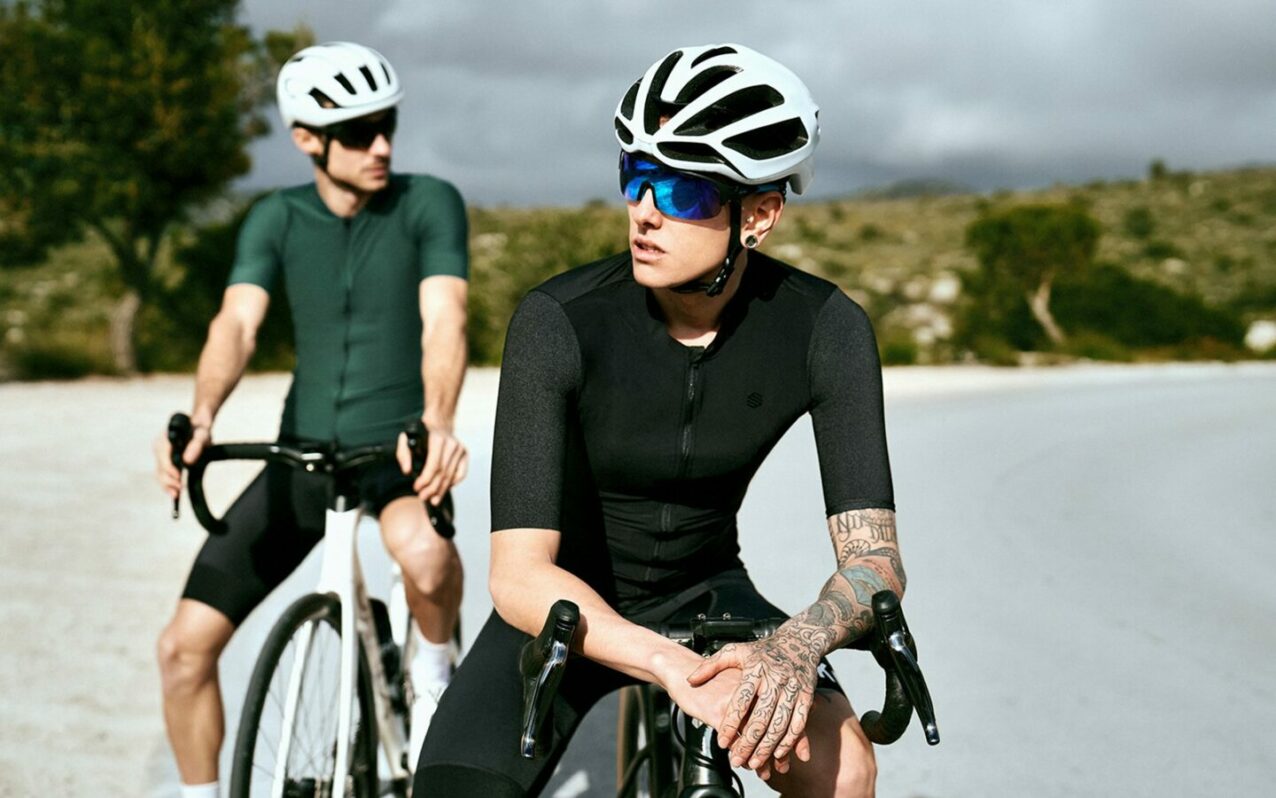
- Low body weight and low body fat. Weight control obsession can reach very dangerous and unhealthy extremes. Low energy availability leads to the consequences mentioned in the previous point.
- Conscious or unconscious nutritional malpractices contribute not only to energy deficits, but also to a lack of basic vitamins and minerals essential for bone health.
- Loss of calcium through sweat. Most of this mineral is in the bones. A small, vital amount is in the blood and extracellular fluids. When we cycle and sweat, we lose some of this calcium. The more we sweat, the more calcium we lose. If it is not replenished by nutrition, the body takes it from the bones.
- Stress, hormonal changes and chronic inflammation. Evidence on this subject regarding cyclists is limited, but there are studies that suggest that hormonal changes, elevated cortisol levels and chronic inflammation can disrupt bone metabolism and lead to loss of bone mass.
What are the consequences for cyclists?
Speaking of causes, it is important to distinguish between professional and recreational cyclists. The former are more exposed to low bone mass density issues, but they also receive better guidance and expert support (or at least they should). Recreational cyclists differ enormously from one another, so each rider should evaluate how many of the above factors apply to him/her personally and take necessary steps if they do not want to suffer any of the following consequences:
- Short-term. Low bone mass density increases the risk of bone fractures due to stress or trauma. The former are rare among cyclists. The latter are common. Especially during competitions, but they are caused by impact rather than low bone density.
- Short- to medium-term. There can be a decline in athletic performance. There is increasing evidence that muscles and bones are closely linked, so good bone health is essential for good performance both in life and in sport.
- Long-term. Taking into account that we lose bone mass over the years, there is an increased risk of fractures with age. But there is no scientific evidence indicating a higher prevalence of bone fractures in retired elite cyclists.
What can a cyclist do to improve bone health?
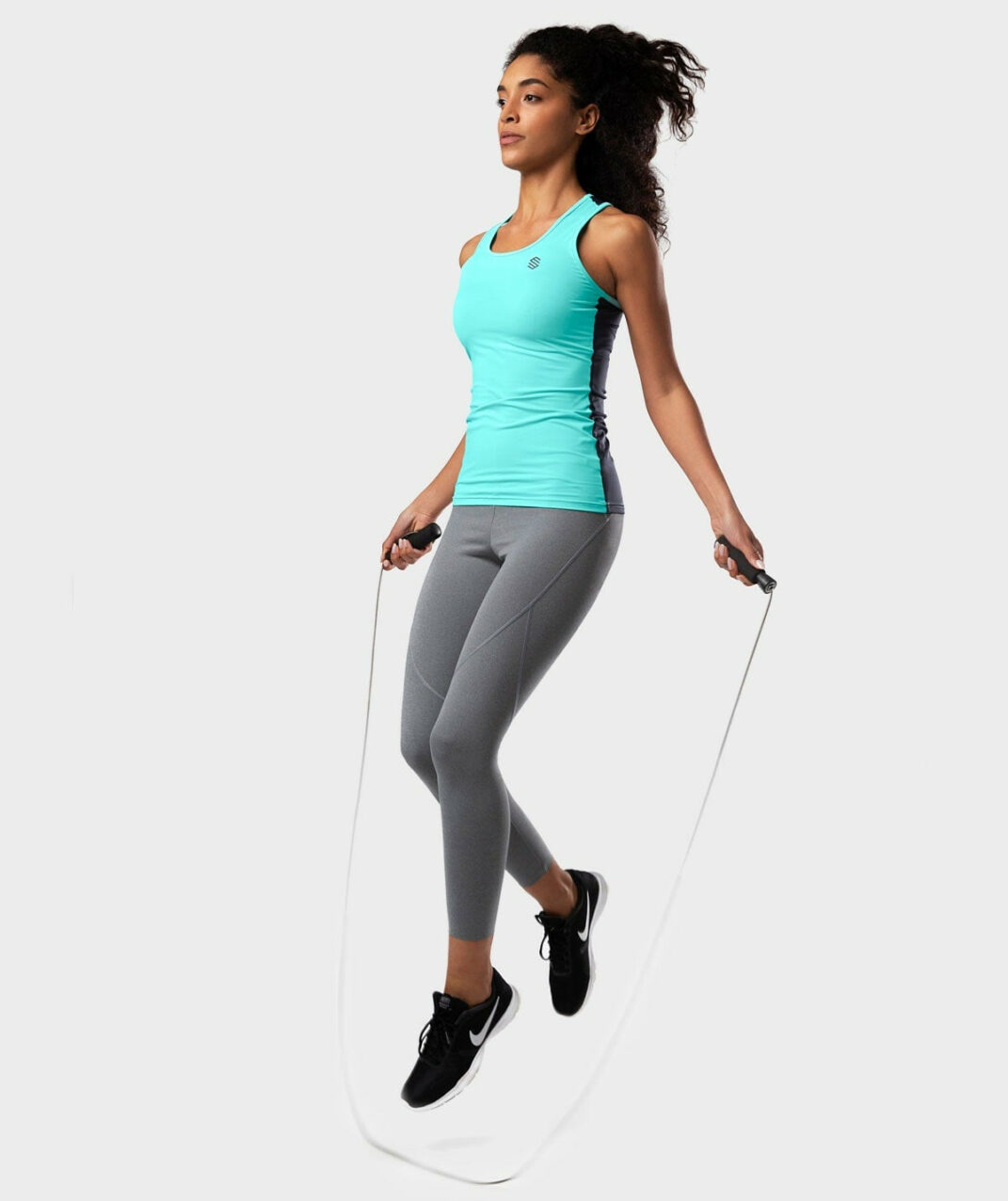
If you are a cyclist and this issue is of particular concern to you because you are in a risk group, please apply the precautionary approach and seek professional advice to assess your case. This does not mean that you should put your bike aside and start a sedentary lifestyle. Different strategies can be implemented at the nutritional, training and lifestyle levels to be able to keep pedaling safely:
- Add strength and resistance workouts to your training plan. They should be functional and involve large muscle groups.
- Add high-impact activities: running, jumping rope, basketball, soccer, tennis…
- Practice other disciplines such as gravel, MTB or cyclocross. They are fun and have more impact than road cycling.
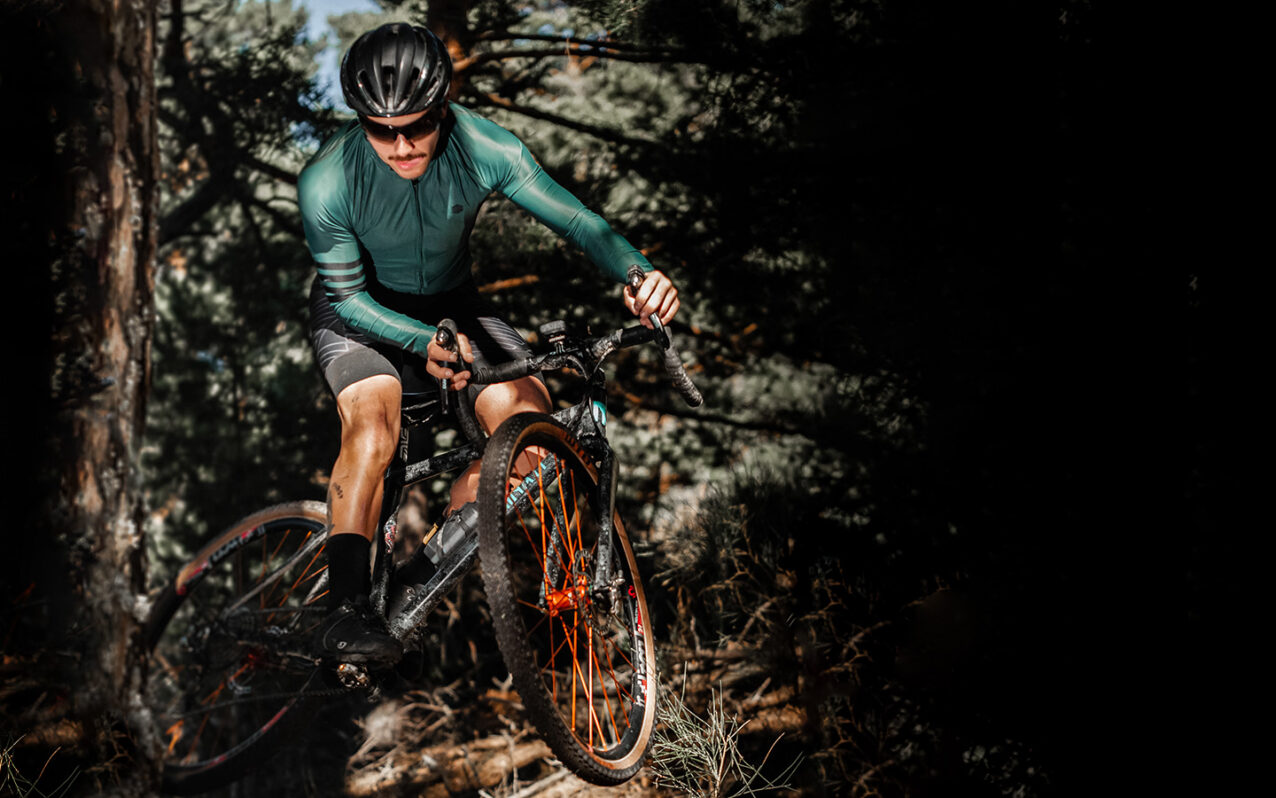
- Active rest. Especially if you are not an elite cyclist.
- Eat enough to meet your training requirements.
- Follow a healthy diet based on fruits, vegetables, legumes, nuts and low-processed grains.
- Avoid unhealthy foods such as ultra-processed foods containing lots of refined sugar and salt, saturated fats, hydrogenated oils…
- Beware of calcium supplements. The general population already take in enough calcium in food and scientific evidence suggests that ingesting more calcium does not reduce the detrimental effect of cycling on bone mass. Although this study shows that a calcium-rich breakfast two hours before intense and prolonged exercise decreases the reabsorption of calcium from the bones. Sources of natural calcium are: dairy products, green leafy vegetables, nuts, legumes, sardines in oil, eggs…

- Vitamin D is crucial for bone health. We get most of it from sun exposure (10-15 min a day) so it is very likely that you already have enough just by going out cycling. If that is not the case, great sources of vitamin D are: fatty fish, cheese, butter, eggs, liver. Take vitamin D supplements only if prescribed by a doctor as its overdose can be dangerous and does not prevent bone fractures.
- Follow a healthy lifestyle: no smoking, no drinking, etc.
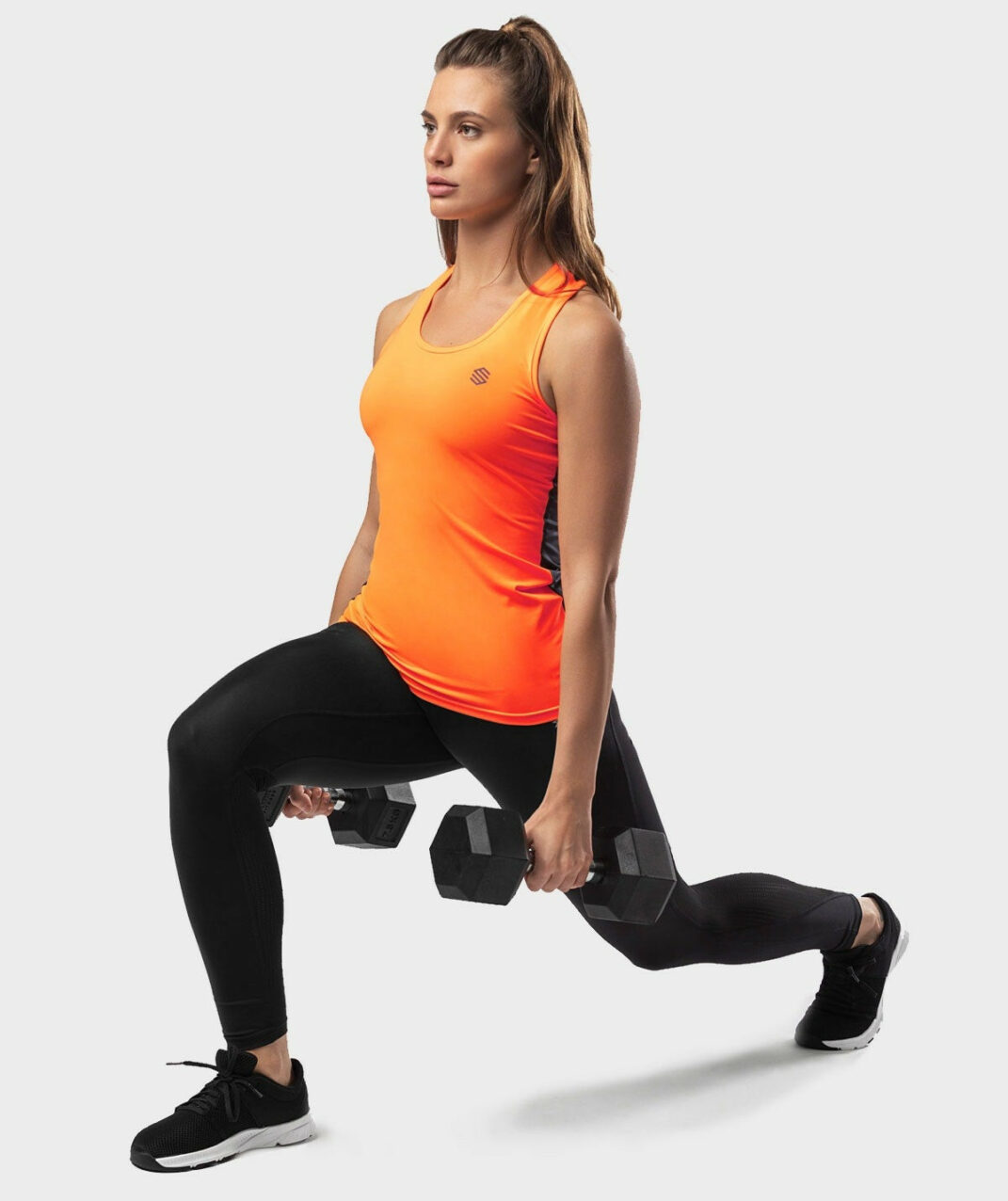
Although we have mentioned it briefly before, we would like to round off by reminding women cyclists to pay special attention to their bone health. Especially those who are elite cyclists, have risk factors, ride their bikes a lot, and are in the menopausal or postmenopausal phase. It is advisable to have a bone densitometry test done, in addition to following the lifestyle and dietary recommendations mentioned above.
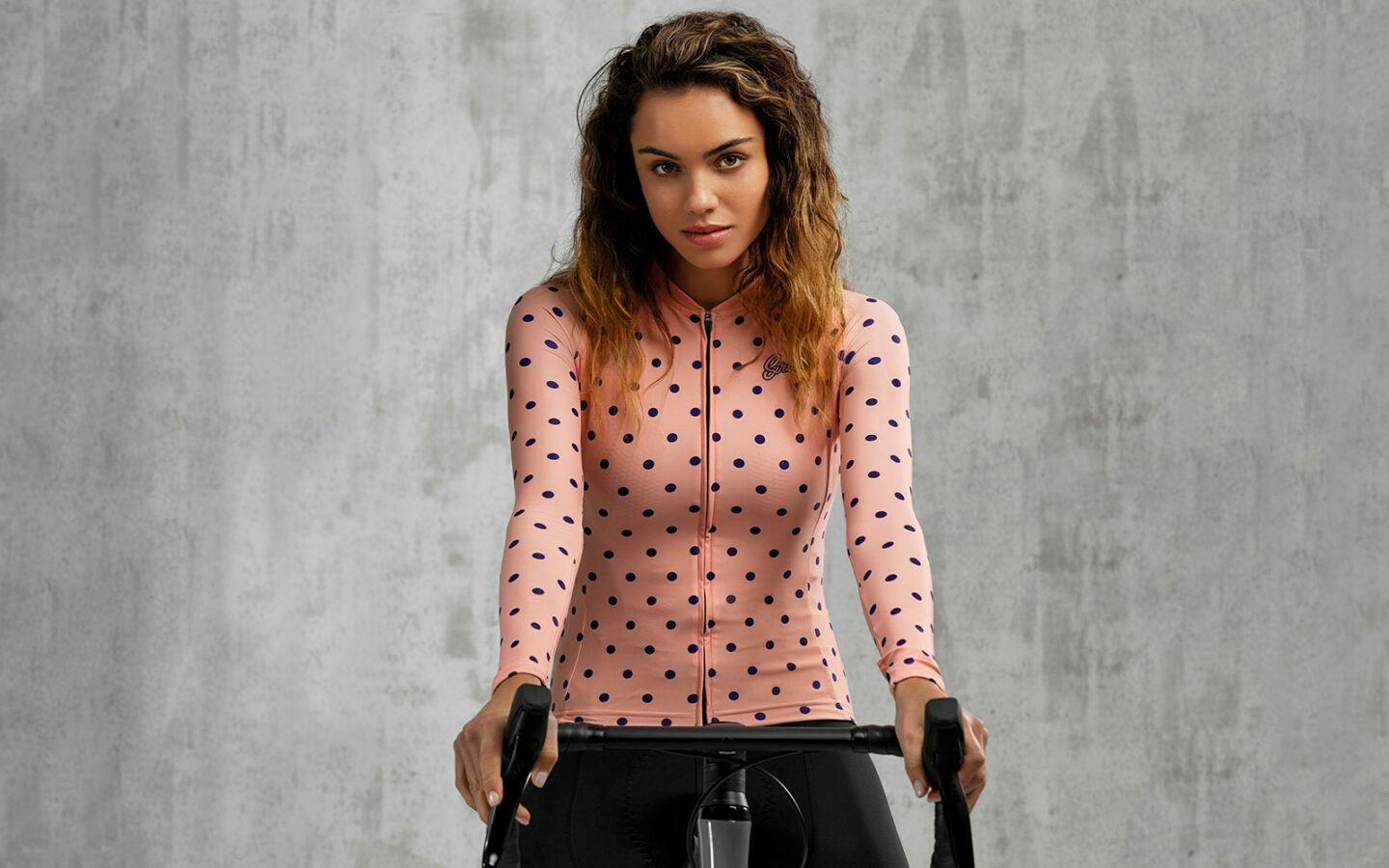

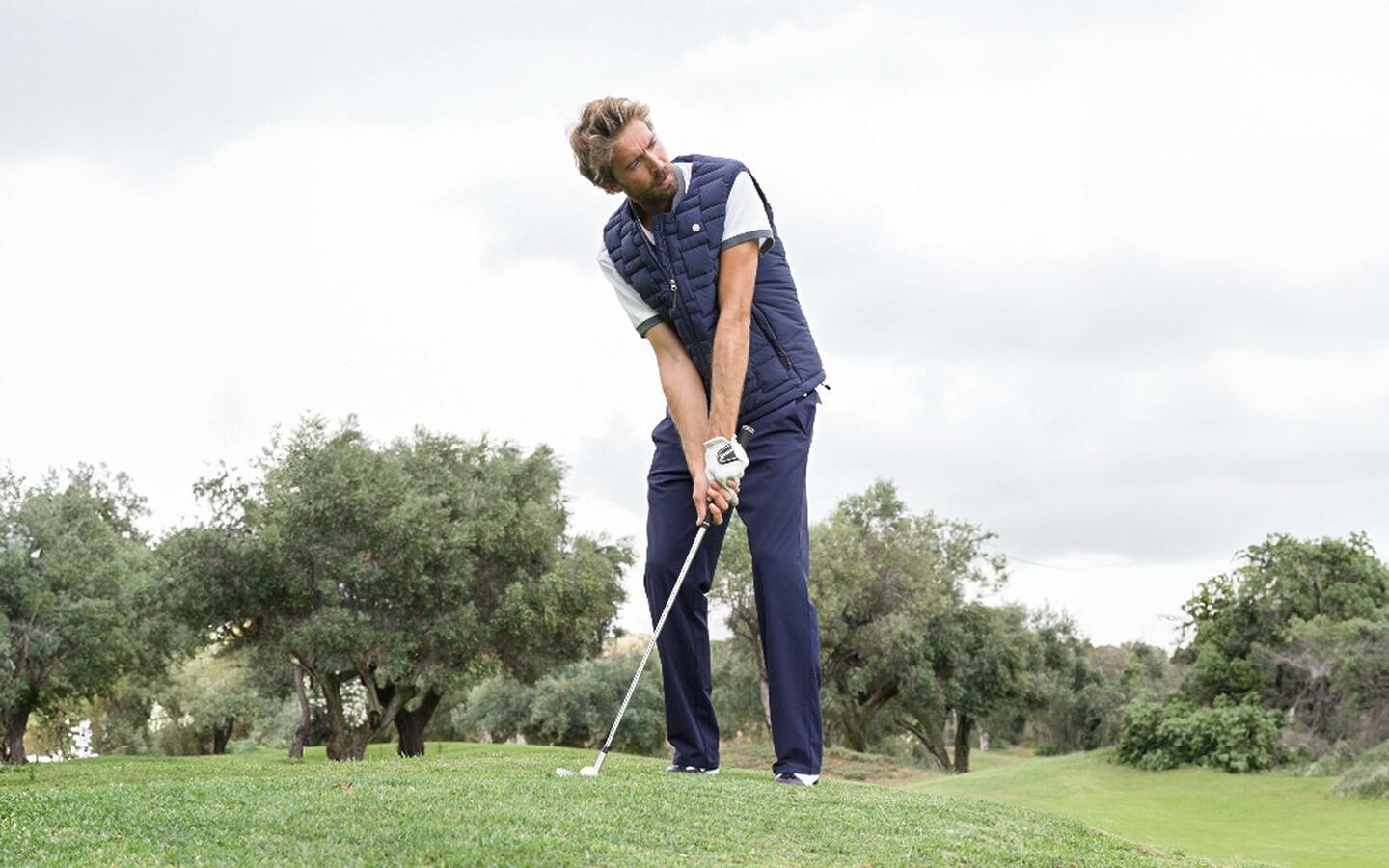
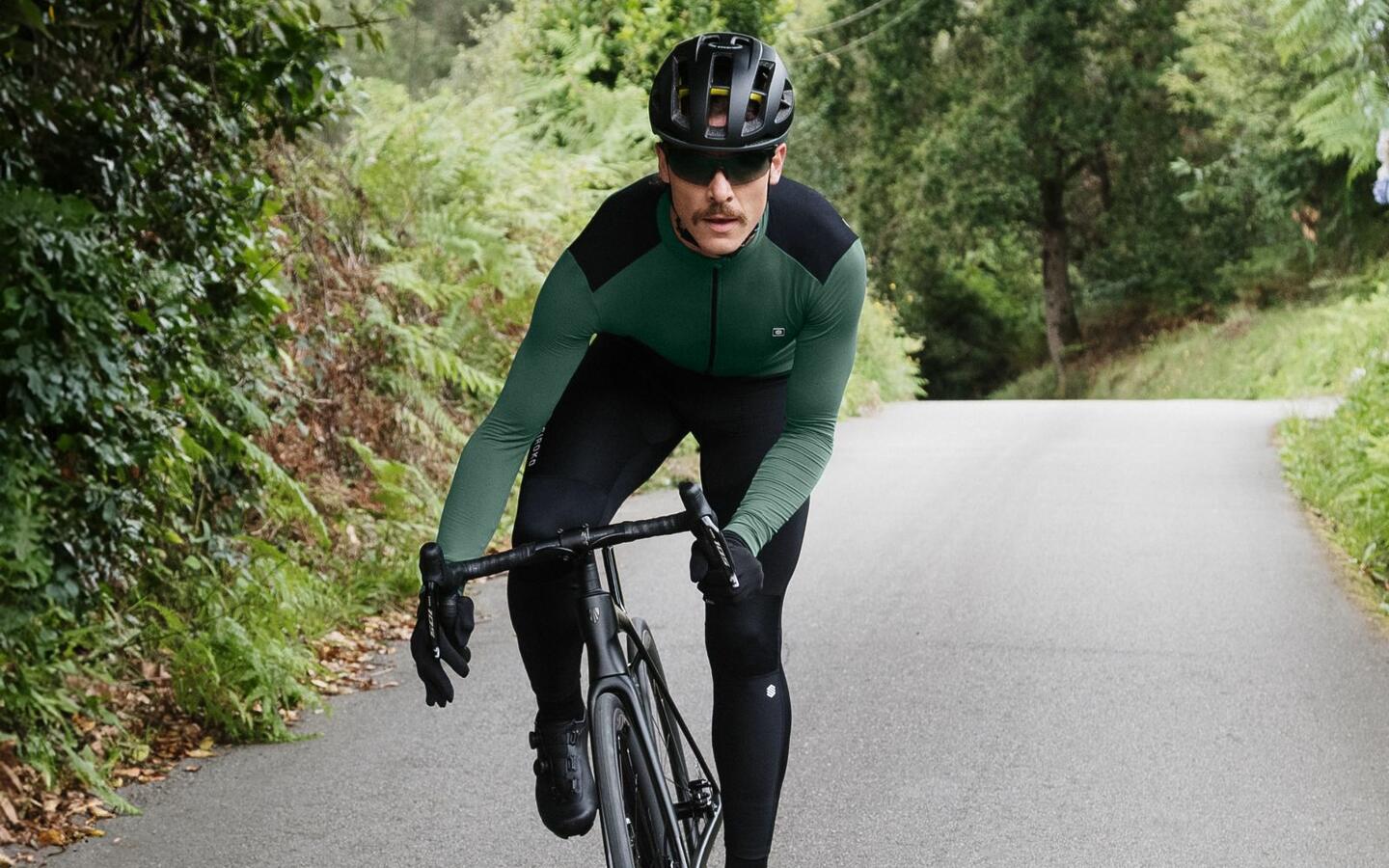
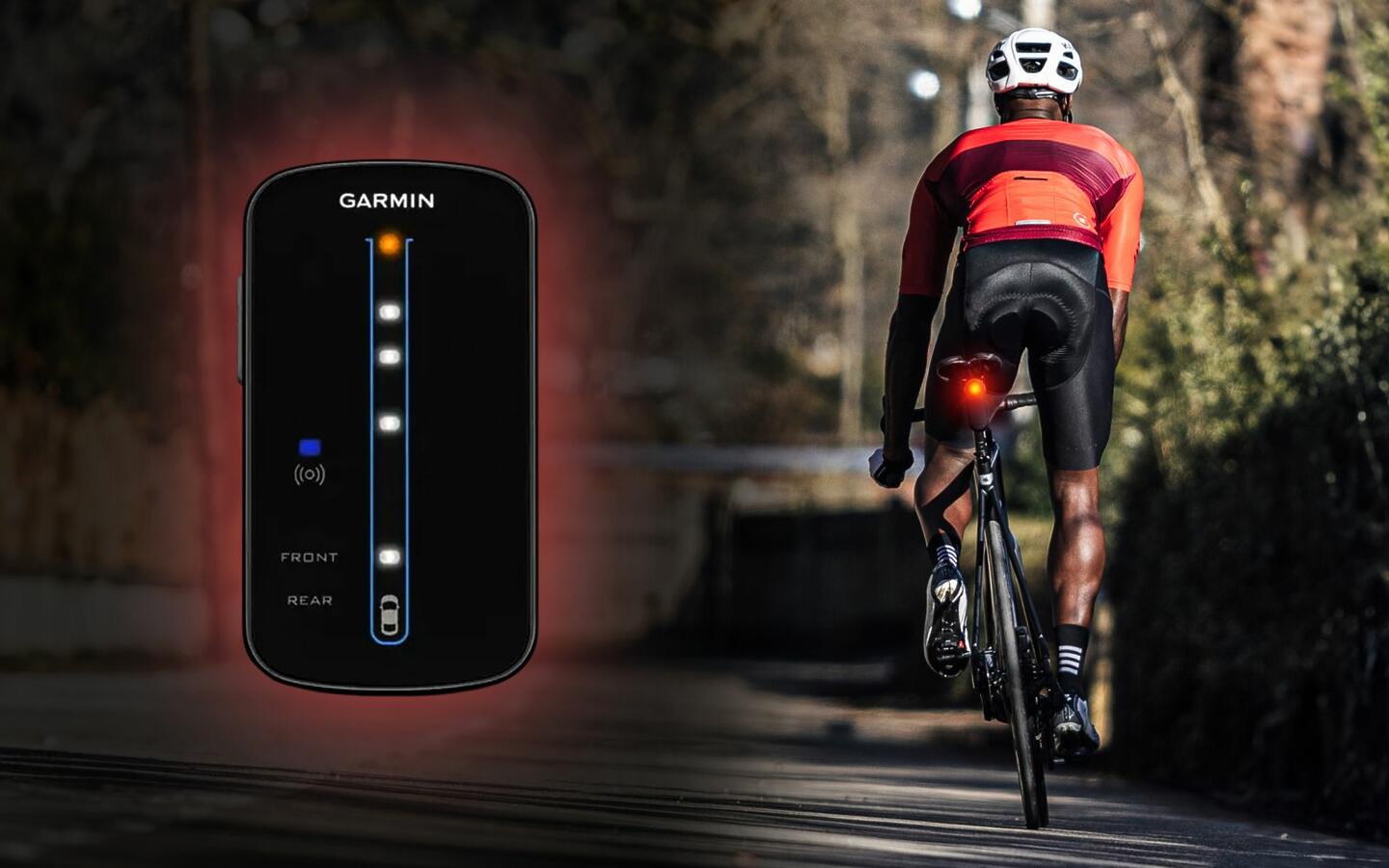
Vist website https://osteostrong.me
In Sweden there is a clinical study at Karolinska in Stockholm ongoing just to se the result compared to using “pills”.
The method have been used to athletes with good result both regarding artros and bone health.
Hi Anders,
Thanks for reading our blog and for the info of your comment.
Best regards